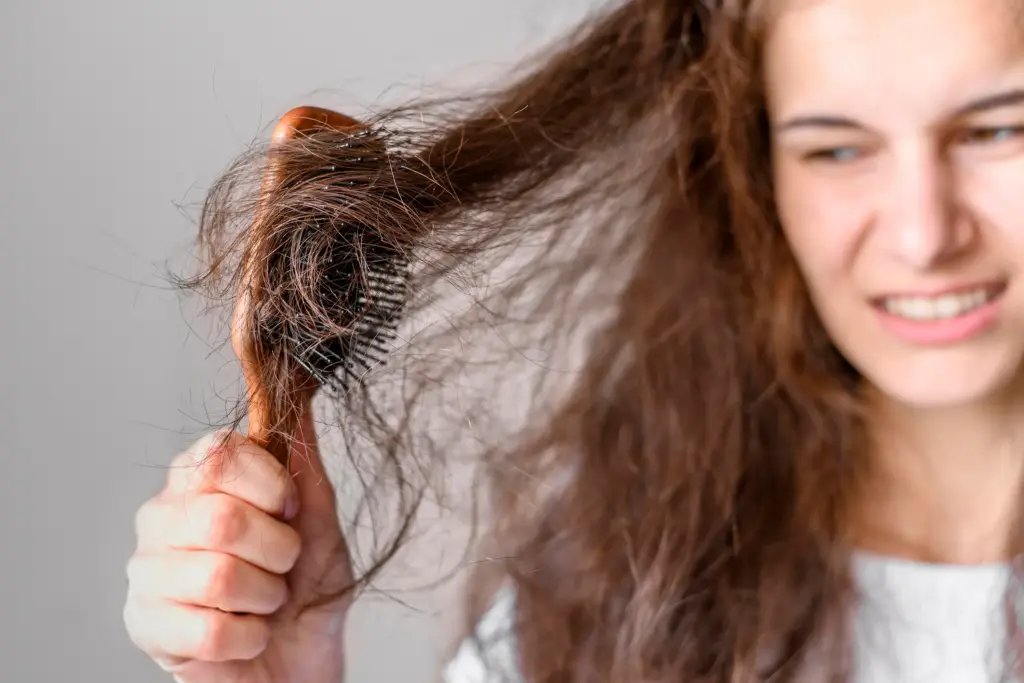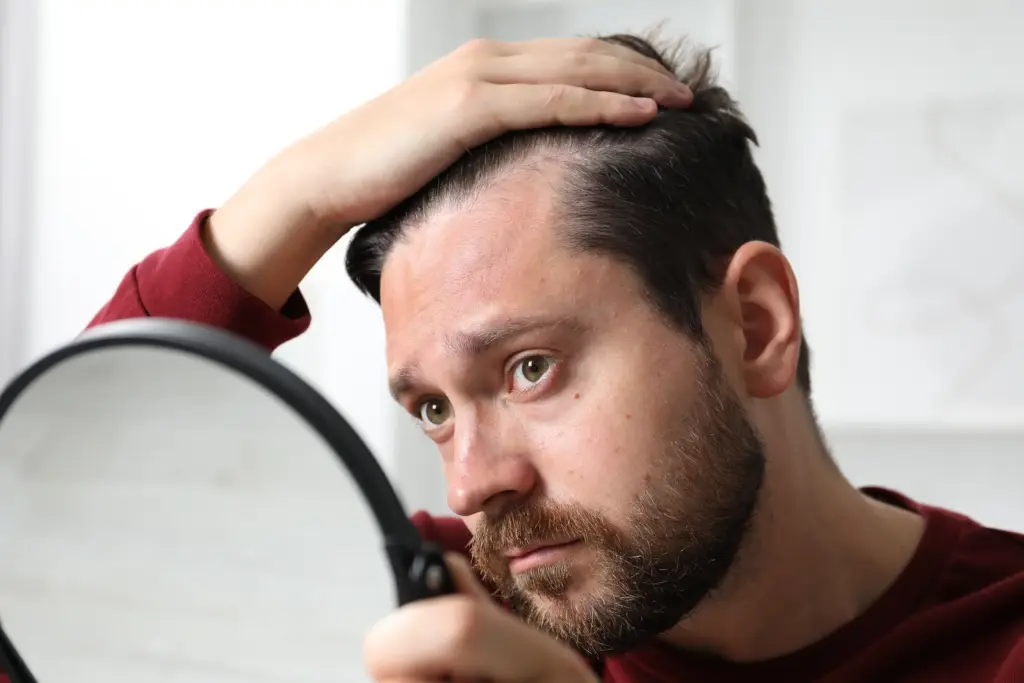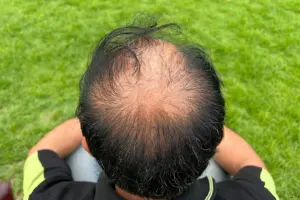
Hair loss causes: Ever glance in the mirror and think your hair’s feeling drier than usual, shedding more, or missing its shine? While we often focus on styling or colouring our hair to fix it, rapid hair loss can be a real health sign. Changes in texture, breakage, or excess fallout can reflect what’s happening inside your body, from nutrition and hormones to stress and overall wellness.
Frequent hair loss:
Shedding 50–100 strands a day is normal. But if you’re seeing clumps in the shower, a fuller brush, or more on your pillow, it may signal a trigger. A common culprit is stress. After illness, surgery, major life changes, or rapid weight loss, many people experience temporary shedding (telogen effluvium).
Also Read | Hair fall or hair loss? How to tell the difference and what it means
Support your scalp by eating a balanced, protein-rich diet, staying iron and B12 sufficient, and doing basic exercises like walking, deep breathing, or short mindfulness breaks. If heavy shedding lasts more than 3 months, get clinically tested to rule out thyroid, nutrient gaps, or other causes.
Dry, brittle hair:
Does your hair snap or break easily? Does it feel dry regardless of which conditioner you use? These symptoms may mean your hair is dry due to your actions or internal factors. If you are not drinking enough water, your hair can become dry and weak. So drink more water and limit heat styling.
Sudden thinning or bald patches:
Sudden or patchy hair loss is more than everyday shedding. Alopecia areata can cause smooth, round bald spots as the immune system attacks hair follicles. Thyroid imbalance (both underactive and overactive) can also disrupt the hair cycle, leading to diffuse thinning. Watch for clues like fatigue, weight change, cold/heat intolerance, or palpitations. Simple blood tests (e.g., thyroid panel, iron/B12) can help identify the cause.

Dull, lifeless hair:
Hair is made mostly of a protein known as keratin. If your diet is low in good-quality protein, your hair can suffer as a result. Your hair may experience dullness, weak strands, and increased breakage as a result. Vegetarians or anyone on very restrictive diets may fall short. Aim to include protein-rich foods like eggs, dairy, fish, poultry, beans/legumes, soy, and nuts/seeds to support stronger, shinier hair.
Greasy hair:
If your roots look oily just hours after a wash, your scalp may be overproducing sebum, often triggered by hormones or stress. Over-washing can worsen it by triggering more oil. Switch to a gentle, sulphate-free shampoo, space out washes, and avoid heavy conditioners on the scalp.
Also Read | Can tight hairstyles cause hair loss? Understanding traction alopecia
Changes in hair colour or texture:
More greys or a shift in texture can be a normal part of ageing, but sudden changes may signal nutrient gaps or other issues. Prioritise a varied diet with fruits, vegetables, whole grains, and quality proteins.








